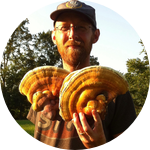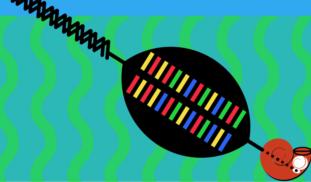Please wait...
About This Project
Schistosomiasis is a disease transmitted by snails, responsible for chronic illness of many millions of the world's poorest people, mainly in Africa. This project tests the efficacy of RNAi, a targeted genetic weapon, to kill the snails and thus curtail the spread of the disease. RNAi acts only on specific gene sequences, making it environmentally benign and preventing the evolution of resistance in snail populations. Importantly, this snail-killing material would be very cheap to produce.
More Lab Notes From This Project

Browse Other Projects on Experiment
Related Projects
Toward ethical and affordable antivenom solutions: Can anti-toxin be animal cruelty-free?
Snakebite envenoming causes over 100,000 deaths annually, yet current antivenoms depend on animal plasma...
Microplastics: Can engineered enzymes remove microplastics from the human body?
Polyethylene terephthalate (PET) microplastics have been detected in human blood and tissues, and linked...
Shutting down cancer’s recycling system with exosome-based therapy
Pancreatic cancer is one of the deadliest cancers because its cells survive by recycling their own components...


